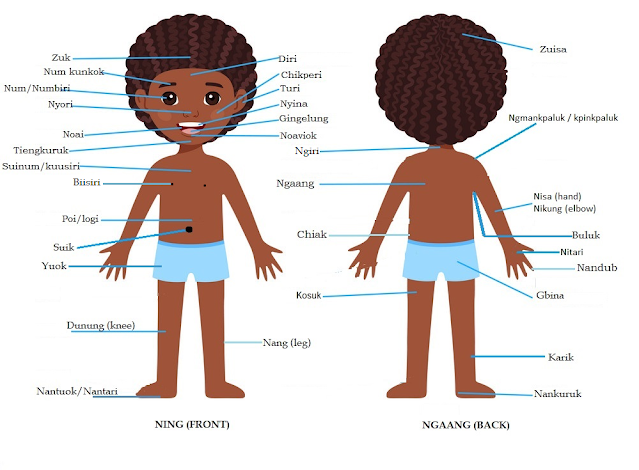Words
It is a curious thing what words are! Many things at once or o ne thing at a time. They are worth all they say and more! Sometimes they are like; Mothers' milk, c olourful blossoms, Polished diamonds, w arm sunlight or Even clay in the potter's hand. But they can also be as Bitter as gall, c old as death, Hard as marble, painful as betrayal, Soft as butter, s weeter than honey. Pick them like a connoisseur, Polished to dazzling artistry For they make or mar beauty and being. Choose them like the chef, Healthy and tasty both That you may glow with pride at their praise. Use them like the teacher, Precise, concise, and constructive To guide and instruct the little ones And bring them up in the right way. Speak them like the mendicant, That you may move your Lord To generous benevolence. If proverbs are the palm oil with which words are eaten, Words are the morsel that must choke or nourish you Though sticks and stones may break your bo...


